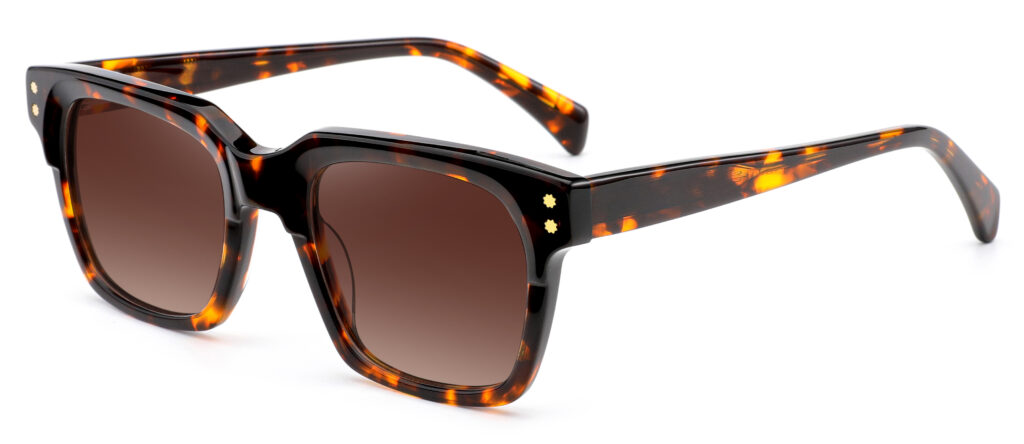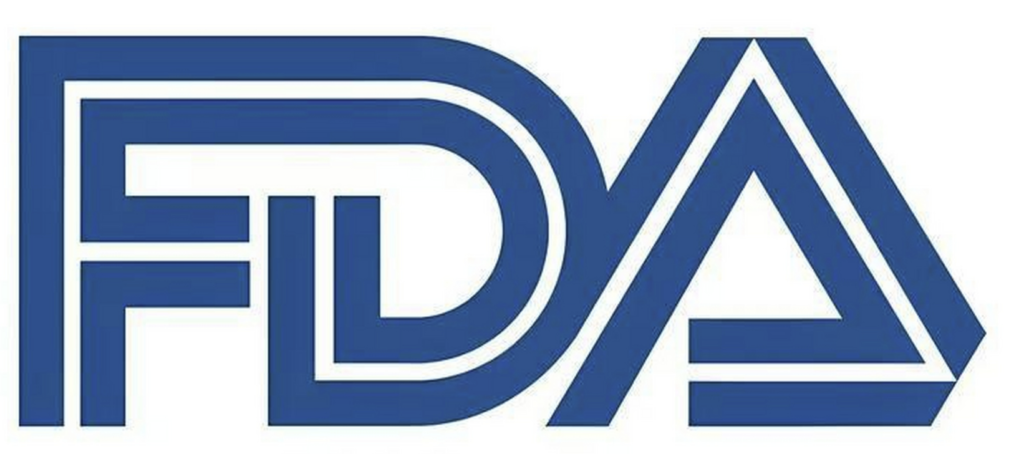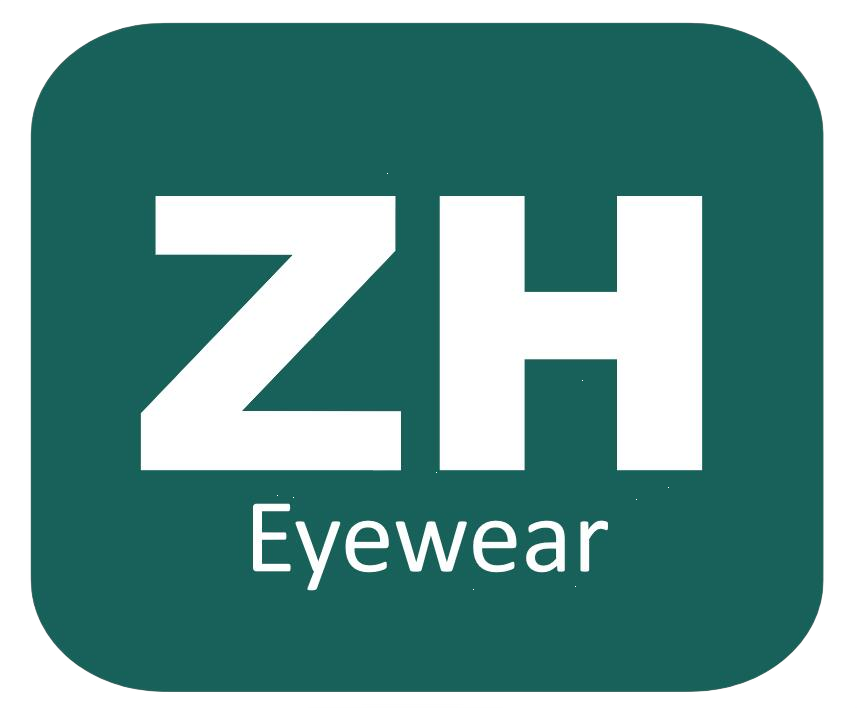The sunglasses industry is booming, with the global market projected to reach $34.5 billion by 2030. For brands looking to capitalize on this growth, finding the right OEM (Original Equipment Manufacturer) sunglasses supplier can make or break your business. But with countless manufacturers claiming to offer “premium quality” and “competitive pricing,” how do you separate the best from the rest?
This guide breaks down six critical steps to identify suppliers that align with your brand’s vision, quality standards, and business goals.

1. Define Your Requirements Clearly

Before contacting suppliers, outline your non-negotiable criteria:
- Material preferences (e.g., acetate, TR90, or metal frames etc.)
- Lens technology (polarized, UV400, mirrored, etc.)
- Order quantity (MOQ: Minimum Order Quantity)
- Customization level (logo engraving, unique packaging, proprietary designs)
Suppliers with expertise in your specific niche (e.g., sports sunglasses OEM or luxury eyewear OEM) will deliver better results than general manufacturers.
2. Verify Certifications and Compliance
A reputable OEM sunglasses supplier should hold industry certifications such as:
- CE Marking (EU safety compliance)
- ISO 9001 (quality management)
- FDA Compliance (for U.S. market access)



Avoid suppliers that cannot provide documentation—non-compliant products risk recalls and legal penalties.
3. Evaluate Manufacturing Capabilities
Request a factory audit or virtual tour to assess:
- Production capacity: Can they handle bulk orders during peak seasons?
- Technology: Do they use advanced techniques like 3D modeling for prototype accuracy?
- Sustainability practices: Are recycled materials or eco-friendly packaging options available?
Pro Tip: Ask for case studies of similar projects they’ve executed for other brands.
4. Prioritize Quality Control Processes
A 2023 survey revealed that 68% of brands switched suppliers due to inconsistent quality. Ensure your partner has:
- In-house QC teams conducting inspections at multiple stages
- Third-party lab testing for lens durability and optical clarity
- Defect rate below 2% (industry benchmark)
5. Analyze Communication and Transparency
Language barriers and slow response times are red flags. Look for suppliers that:
- Assign a dedicated project manager
- Provide real-time updates via collaboration tools (e.g., Slack or Trello)
- Offer transparent pricing breakdowns (mold costs, unit prices, shipping fees)
6. Test with Small Batches First
Even after thorough vetting, always start with a sample order (300–500 units). This allows you to:
- Verify product quality firsthand
- Assess packaging and shipping efficiency
- Negotiate adjustments before scaling
Final Thoughts
Choosing an OEM sunglasses supplier is a strategic decision requiring due diligence. By focusing on certifications, customization flexibility, and quality assurance, you’ll build a partnership that elevates your brand while minimizing risks.
Remember: The cheapest option often costs more in the long run. Invest in a supplier that grows with your business.
Word Count: 580
